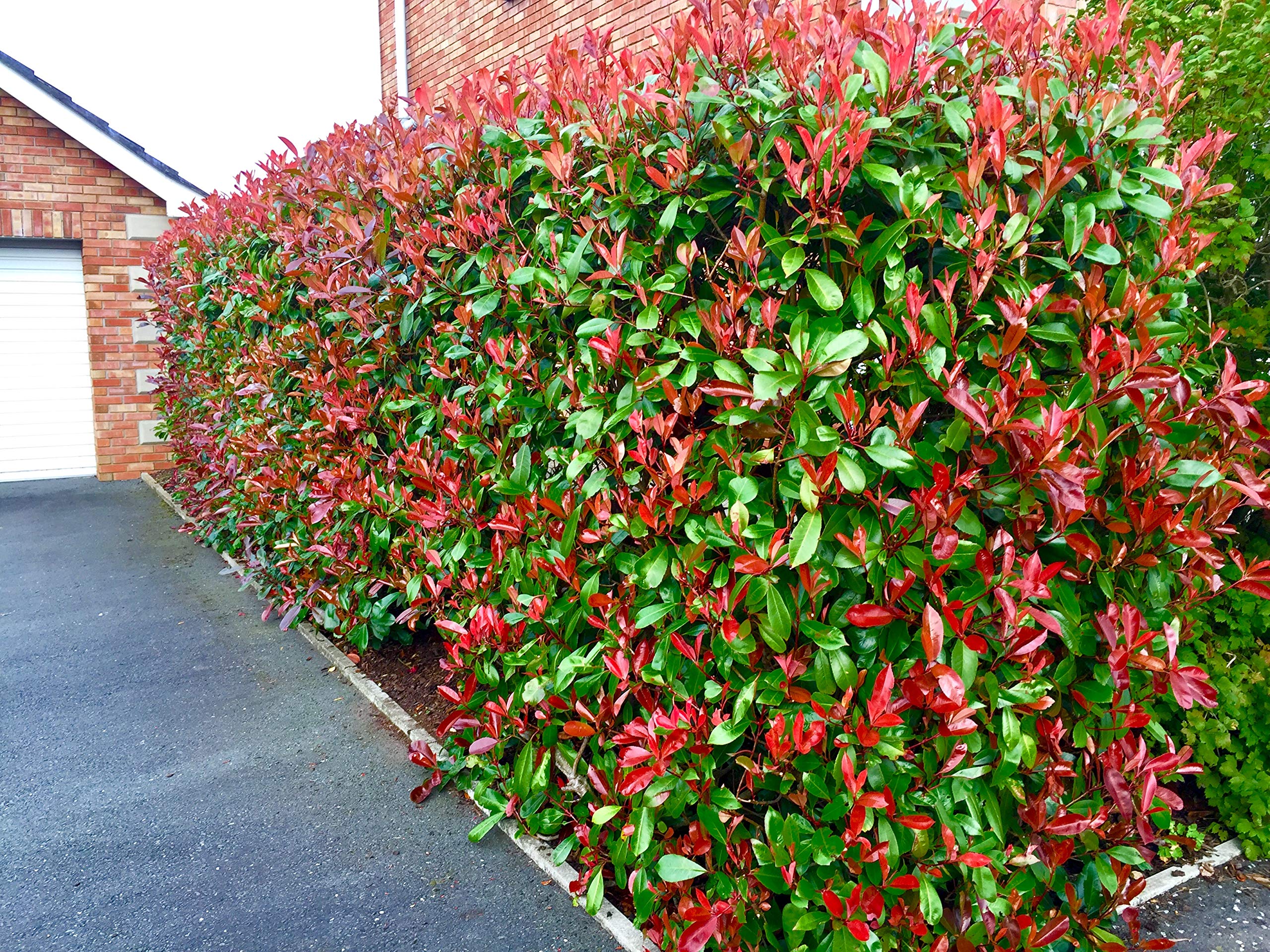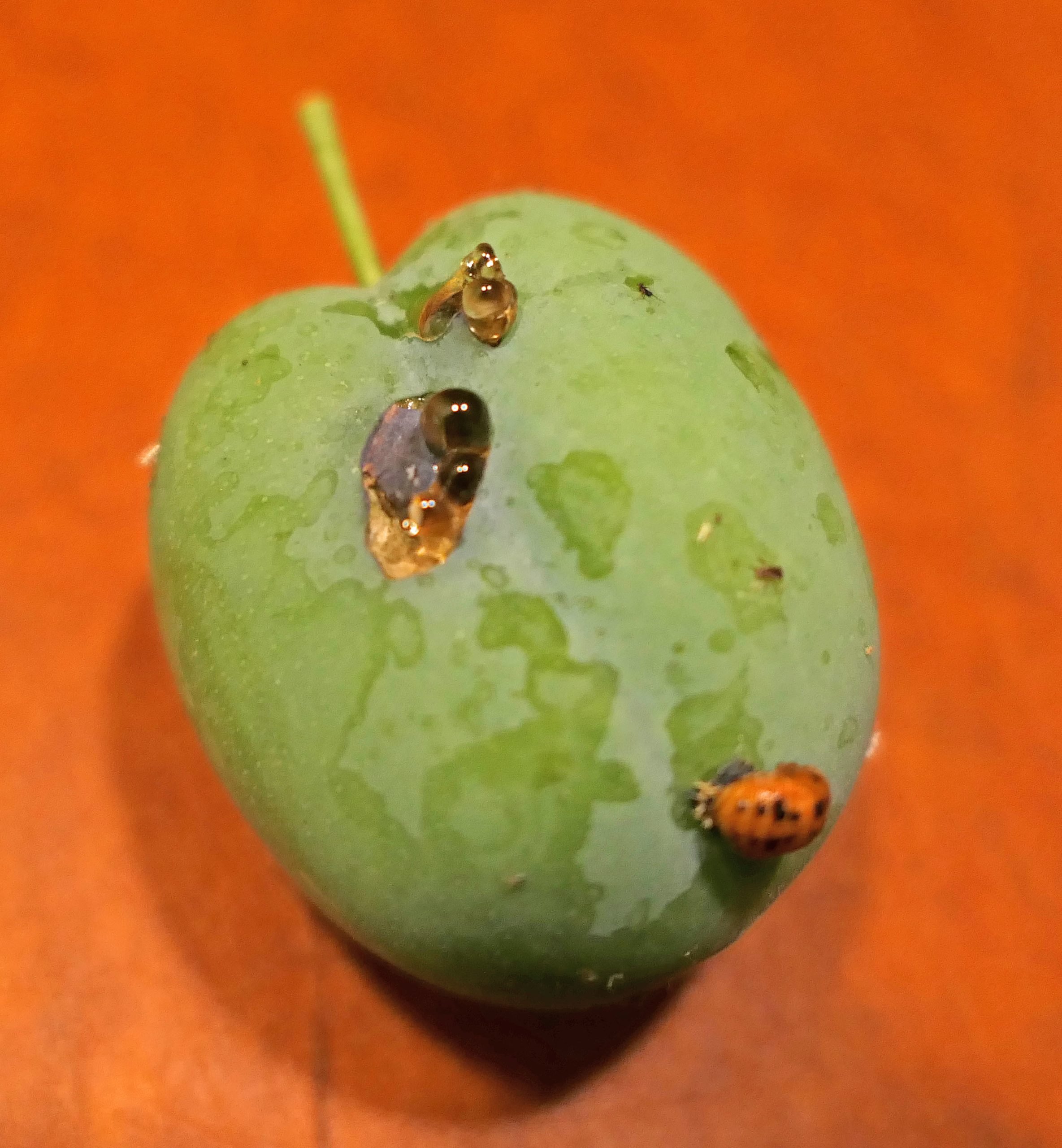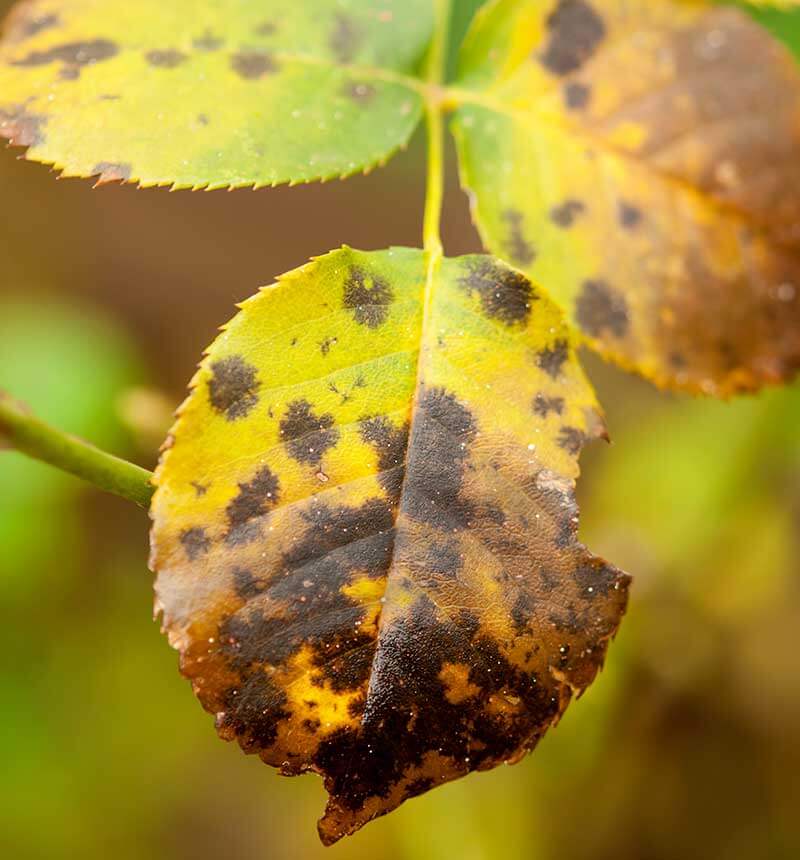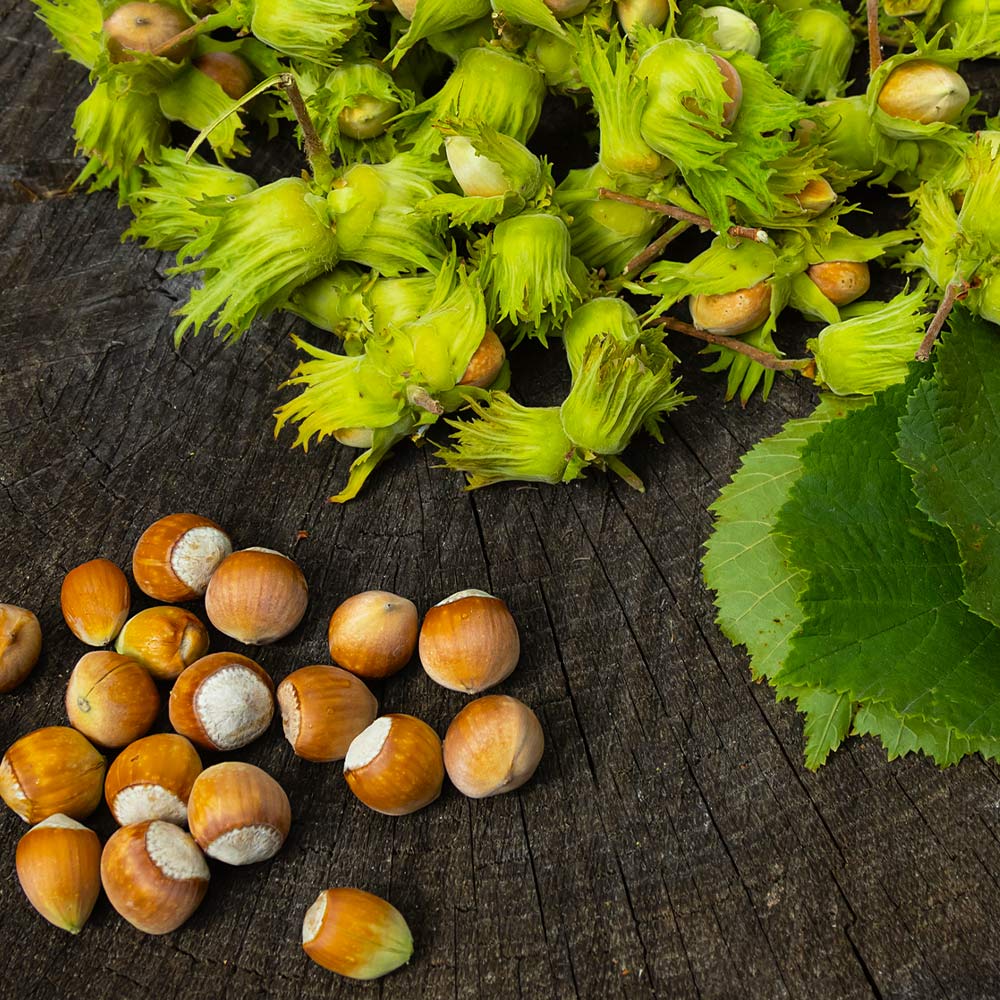What Is the Difference Between Japanese Maple and Acer?
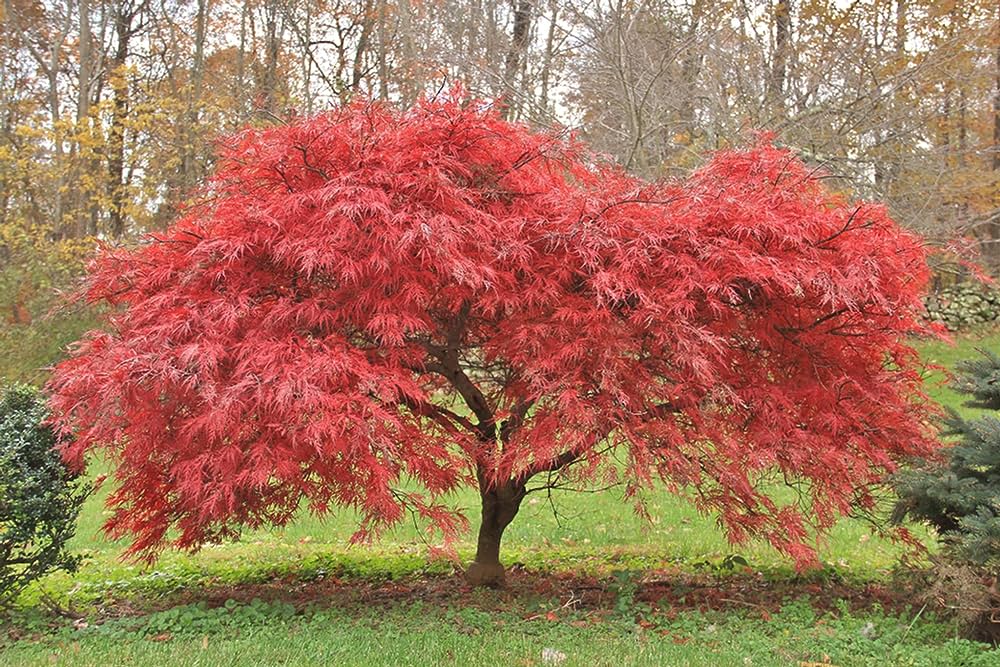
Table of Contents
Japanese Maple, widely known as Acer, is a species of small to medium-sized deciduous trees or shrubs that belong to the Acer genus. These trees are renowned for their ornamental value, featuring distinctive leaf shapes and a wide range of foliage colors, which are popular and a favorite in the country. If you maintain these, you must also wonder when to prune acer. This is a common question, and there are various things to remember when it comes to pruning Acers.
Keep reading to find out everything about these trees and their pruning process.
Difference between Japanese Maple and Acer
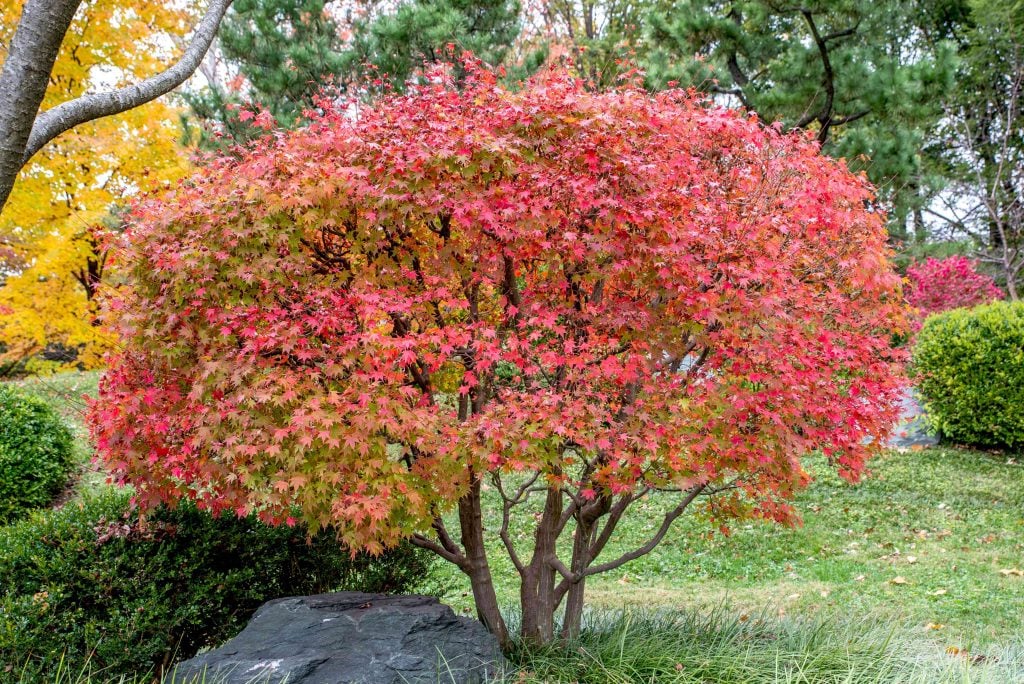
Before we get into the information on when to prune acer and how to do it, let us understand the basic difference between Japanese Maple and Acer. Acer is a genus of trees and shrubs commonly known as maples. Japanese maples are specific species within the Acer Genus. In other words, all Japanese maples are a type of Acer, but not all Acers are Japanese maples. Let us also talk about a few more differences:
Genus and Species:
- Acer is the scientific name for the genus that encompasses all maples, which include a wide variety of species distributed across different regions.
- Japanese Maple is specific species within the acer genus. As the name suggests, these are native to Japan, Korea, and China. It is a popular ornamental tree known for its distinctive leaf shapes and vibrant foliage colors.
Leaf Shape and Foliage:
- Different species of maples have varying leaf shapes, ranging from simple to complex leaves. Leaf colors can also vary among different species.
- Japanese maple leaves are typically deeply lobed and are hand-shaped, with a delicate and intricate appearance. Their foliage is renowned for its colorful range of colors, including red, green, and purple.
Cultural Significance:
- Different species of maples have cultural and ecological significance in various regions. For example, the sugar maple is known for its sap, which is used to produce maple syrup.
- Japanese maples are highly valued in horticulture for their aesthetic appeal. They are often used in gardens, bonsai cultivation, and landscaping due to their graceful forms and colors.
Size and Growth Habit:
- Acer: Maples can vary greatly in size and growth habit. Some are tall trees, while others are shrubs.
- Japanese Maple: Japanese maples are generally small to medium-sized trees or shrubs. They come in various cultivars with different growth habits, allowing for versatility in landscaping.
What is Acer Pruning?
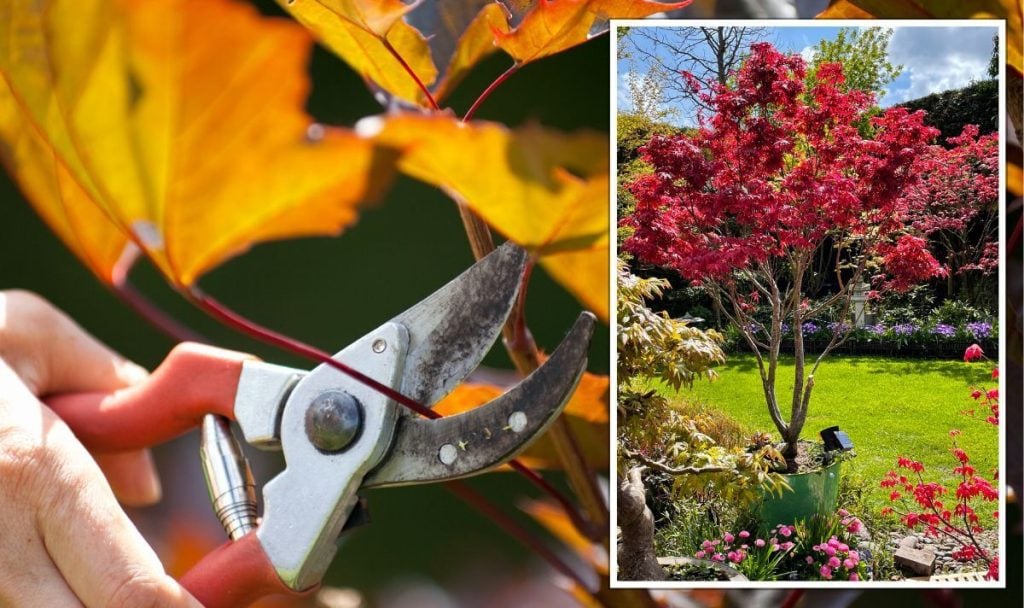
Pruning Acer trees, commonly known as maples, is the process of selectively trimming and shaping the branches and foliage to maintain the health, appearance, and desired growth of the tree. Proper pruning helps enhance the tree’s natural form, promotes air circulation, and removes dead or diseased branches. Here are some key points to remember when pruning acer trees.
Goals of Pruning Acer
- Health and Safety: Remove dead, damaged, or diseased branches to prevent the spread of disease and potential hazards.
- Aesthetic Enhancement: Prune to shape the tree, remove crossing branches, and create an aesthetically pleasing form.
- Size Management: Control the size and growth of the tree to fit within the available space and prevent overcrowding.
The Ideal Timing of Pruning Acer
- Late Winter to Early Spring: Pruning is often best done during the dormant season before new growth begins. This minimizes stress on the tree and reduces the risk of disease transmission.
- Avoid pruning in late summer or early fall, as pruning during this time can stimulate new growth that may not have time to harden before the winter, making the tree more at risk of cold damage.
- Use sharp, clean pruning tools to make precise cuts. Common tools include hand pruners, loppers, and pruning saws.
Pruning Techniques
- Removing the Unwanted Branches Start by removing any branches that show signs of disease or insect infestation or are obviously dead.
- Thinning: Thin out overcrowded branches to improve air circulation and reduce disease risk. Focus on removing branches that cross each other or grow toward the center of the tree.
- Selective Pruning: Carefully choose which branches to prune to maintain the tree’s natural shape. Avoid over-pruning or removing too much foliage at once,
- Heading Back: If necessary, you can do some heading cuts(cutting back to the lateral branch) to control the height and size of your tree. However, avoid excessive heading cuts that can lead to unnatural growth and weak branch structures.
- Pruning Cuts: Make clean cuts just outside the branch collar, which is the slightly swollen area where the branch meets the trunk or larger branch. Avoid leaving stubs or cutting too close to the collar, as this can impede the tree’s healing process.
- Wound Care: Trees naturally seal off wounds, so no sealant is needed on pruning cuts. However, if you’re concerned about disease entry, use a pruning paint that’s specifically designed for trees.
- Regular Maintenance: Regular, light pruning is often more beneficial than infrequent heavy pruning. Monitor your Acer tree’s growth and health, and prune it as needed to maintain its form and vitality.
Conclusion
Now that you have read about the various ways of pruning and when is the best time for the process, you are all good to go to maintain your acers. Remember that different species of acer trees may have unique growing habits and pruning requirements. It is a good idea to research specific guidelines for a particular type of Acer tree you are dealing with.
If you perform the pruning process correctly and on time, your acer will be very healthy and aesthetically pleasing.

